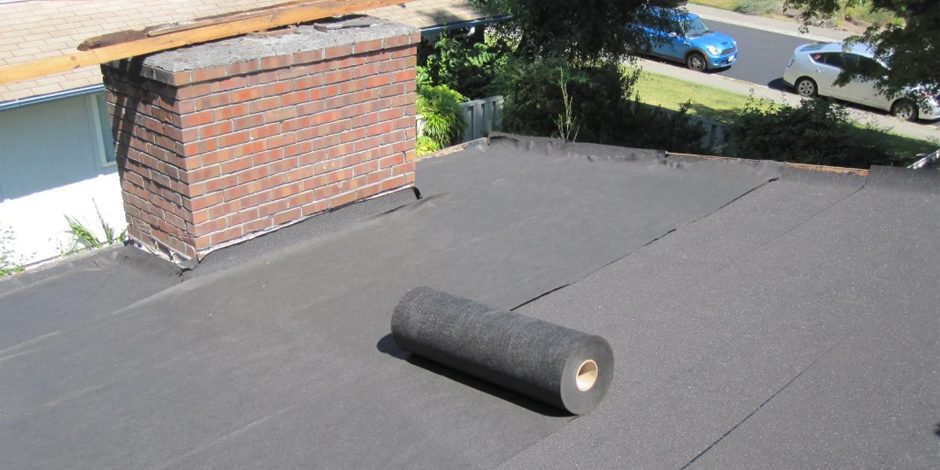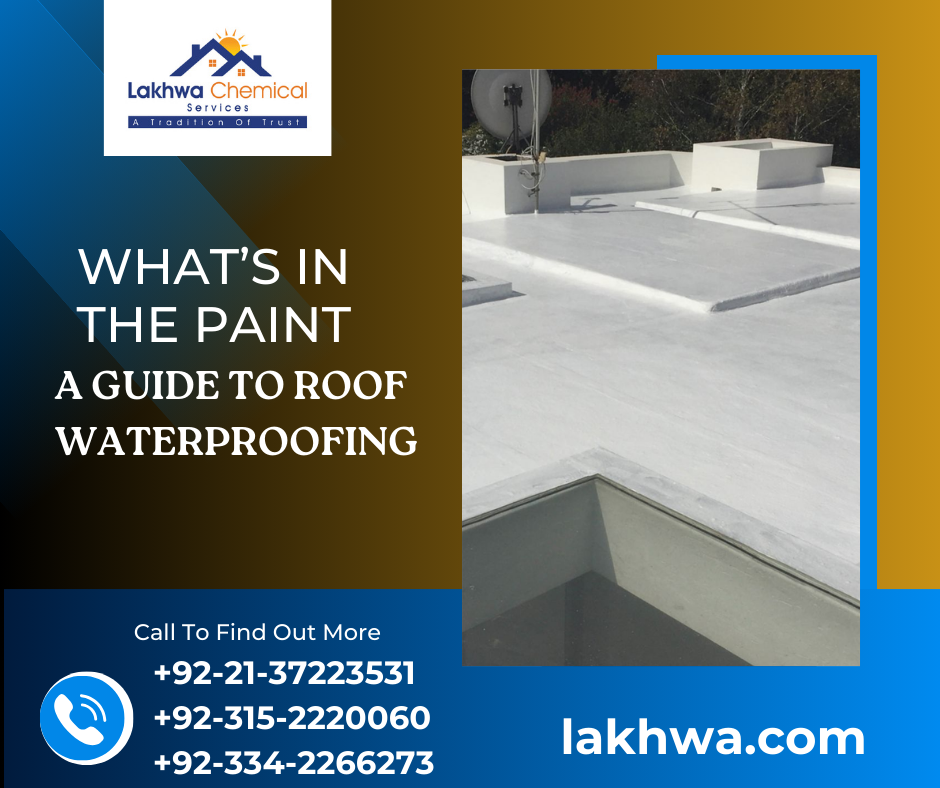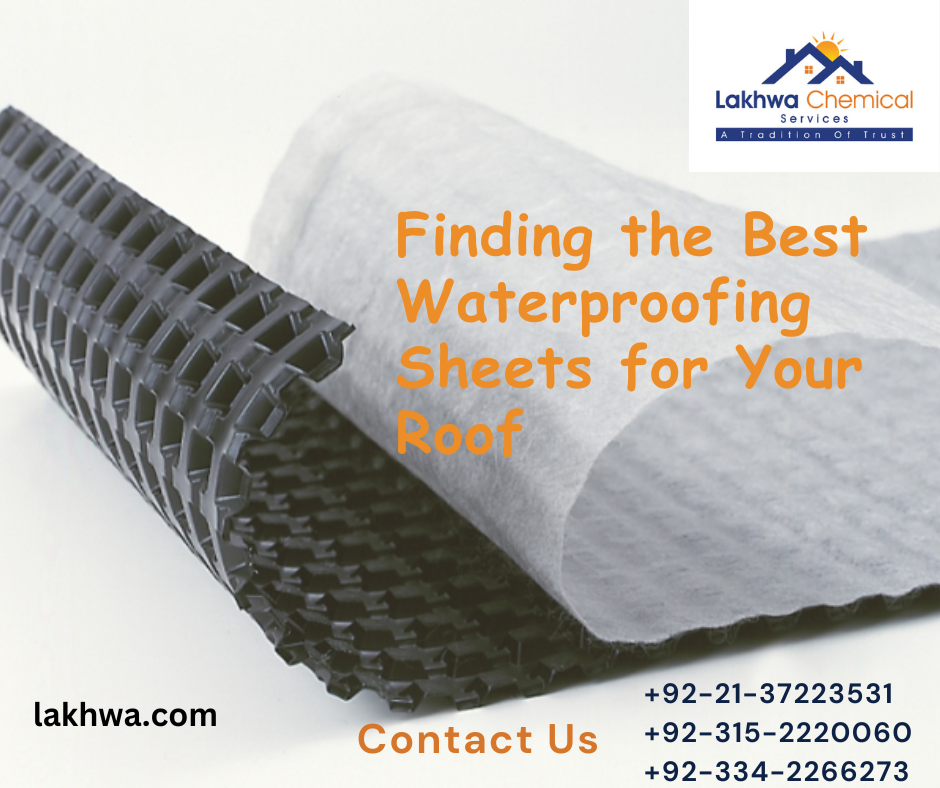PVC Waterproofing membrane is a single-ply roofing material used for residential and commercial applications. It is flexible, tear-resistant, and elastic in nature. On flat surfaces, a PVC membrane can be placed above the slab and below the tile structure. Moreover, it covers the crevices and gaps without leaving any streaks. The useful life of PVC membrane ranges between 20 to 30 years; the quality and performance remains intact.
What is PVC Waterproofing?
PVC waterproofing is the installation of specialized membranes made of polyvinyl chloride, a synthetic plastic polymer renowned for its toughness and flexibility. These membranes are applied to restrict moisture entrainment in buildings and other similar structures. PVC membranes are available in sheets, rolls, and pre-formed panels.
Benefits of PVC Waterproofing
-
Superior Performance
PVC membranes offer excellent resistance to moisture. The covering is perfect for rain-affected or high-humidity areas. PVC sheets are mold and mildew resistant. In addition, they are unaffected by frequent temperature changes, oxidation, and UV rays.
-
Durability
With a higher lifespan than TPO membranes, PVC sheets are easy to clean and maintain, making them a beneficial choice for homeowners and businesses. According to the American Society of Testing and Materials, the tensile strength of PVC membranes is higher than 200 lb/in2. The membranes are designed to endure severe weather conditions, chemicals, and mechanical stress. Following this, the waterproofing system is guaranteed to last for many years.
Read More
Why Polyurethane Insulation is Expensive in Karachi?
Reasons of Popularity of Polyurethane Insulation in Pakistan
Understanding Rain Issues and Application of Heat Insulation Sheet in Karachi
-
Flexibility & Versatility
PVC membranes are versatile and adaptable to complex architectural designs and irregular surfaces. It can combine with different compounds like KEE (Ketone Ethylene Ester) to enhance flexibility and chemical resistance. These coverings can be installed on terraces, basements, foundations, and flat roofs.
-
Low Maintenance
PVC membranes require minimal maintenance to stay in proper working condition. Unlike other roofing materials, it does not need regular coating. For manufacturing, PVC membranes use low percentage of petroleum and oil compared to TPO (thermoplastic polyolefin) or EPDM (ethylene propylene diene terpolymer), which makes it eco-friendly and useful.
Installation of PVC Membranes
Surface Preparation
Ensure the roof surface is dust-free, dry, and even. Remove any loose or damaged materials and repair cracks or holes if present.
Cut to Measurement
Measure the dimensions of the roof area to determine the size of the PVC membrane. Add some extra material for overhang (around 6-7 inches) to allow for proper installation. Use a utility knife or a roof-specific tool to cut the membrane accordingly.
Apply Adhesive
Apply a suitable adhesive to the roof surface using a brush or roller. Follow the manufacturer’s instructions regarding the type of adhesive and application method; work in small sections to prevent the adhesive from drying.
Spread Membrane
Roll out the PVC membrane onto the adhesive-covered roof surface. Start from one end and take it to the other; ensure that it is aligned with the edges. Avoid any wrinkles or air bubbles by levelling the membrane with a broom or a rubber roller.
Secure Edges
Once the membrane is placed suitably, fold back the overhanging edges to expose the roof surface. Apply adhesive and fold the membrane edges back onto the adhesive, creating a secure seal. Use a seam roller to press down the edges.
Install Flashing & Details
Make sure that the corners, vents, pipes, or other protrusions on the roof are maintained. Install flashing or other details to ensure proper waterproofing and protection. Follow the manufacturer’s instructions or consult with a roofing professional for specific guidance.
Read More
Best Heat Insulation Commonly Used in Pakistan
What is the Average Life of Heat Insulation in Pakistan?
Is it Possible to Apply Water and Heat Proofing in Pakistan Concurrently?
Inspect & Maintain
When the membrane is installed, inspect the entire roof surface for defects, creases, or marks. Perform regular maintenance and inspection to keep it in proper condition.
N.B. This installation process is a general overview. Consult the manufacturer or the installation manual for best outcomes. Additionally, if you are not experienced with roofing installations, it is recommended to hire a professional from Waterproofing.pk to avoid any potential issues.
PVC waterproofing is a dependable, long-lasting, and affordable alternative to preventing water damage. It is resistant to different solutions, materials, and organisms, such as chemicals, mold, abrasion, and more. Opt for a PVC-covered roof and keep your premises cool and comfortable!







